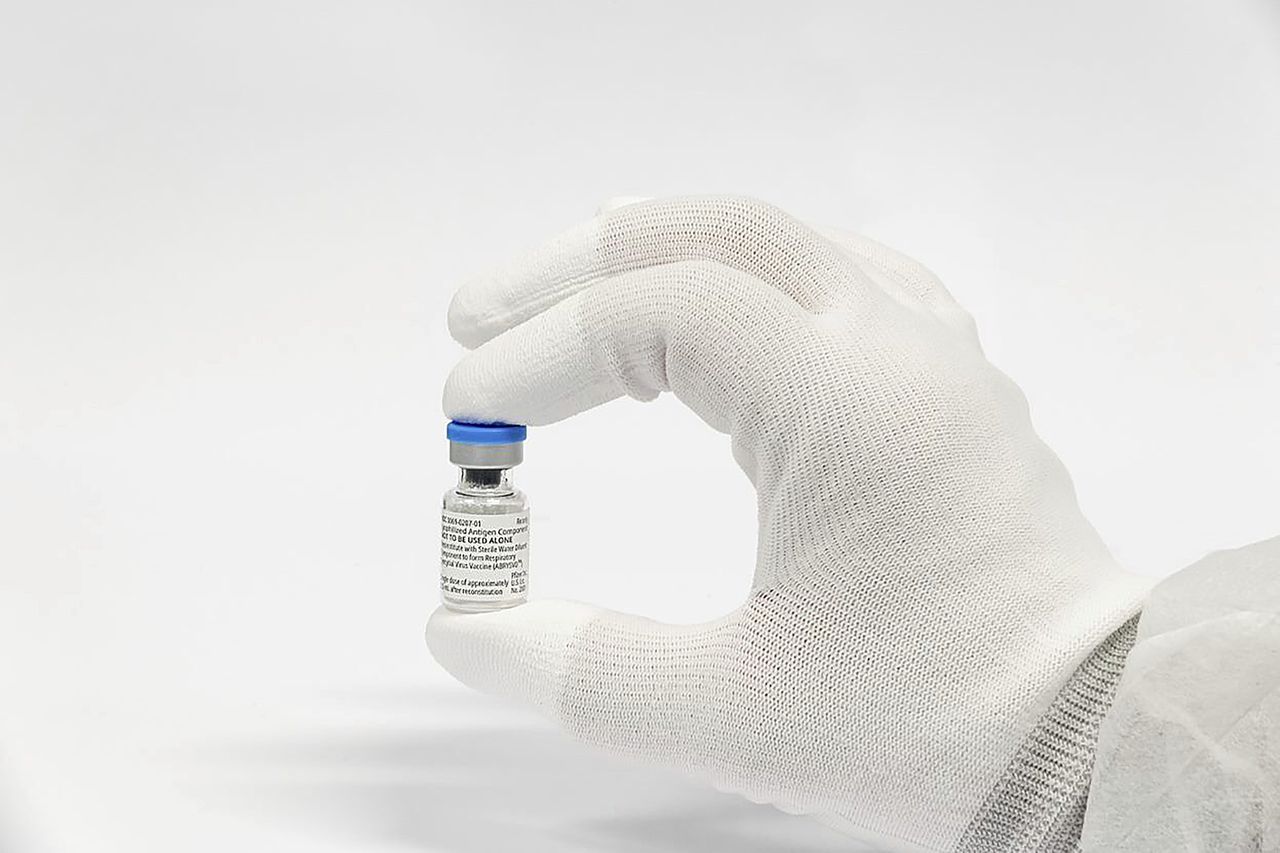RSV rising in Southeast, CDC warns: Here are the symptoms
Cases of respiratory syncytial virus, or RSV, are on the rise in the Southeastern U.S., a trend that will likely spread to the rest of the country in the coming weeks, according to a warning issued to healthcare providers this week by the Centers for Disease Control and Prevention.
The greatest increases are being seen in Florida and Georgia.
The Health Alert noted the pattern of spread “suggested a continued shift towards seasonal RSV trends observed prior to the Covid-19 pandemic.”
“Historically, such regional increases have predicted the beginning of RSV season nationally, with increased RSV activity spreading north and west over the following 2–3 months. RSV can cause severe disease in infants, young children, and older adults,” the CDC noted.
Each year, RSV causes up to 80,000 hospitalizations and 300 deaths in children under age 5 and 160,000 hospitalizations and 10,000 deaths in adults ages 65 years old and older.
Physicians were urged to use preventative options, including monoclonal antibody products, to better protect infants and young children, as well as vaccinations for adults ages 60 and older. Also, U.S. regulators recently approved the first RSV vaccine for pregnant women to allow for babies born without protection against the infection.
Symptoms of RSV
Most people recover from RSV in a week or two but it can be serious for infants and older adults. Symptoms typically appear in stages and not all at once but usually show up within 4-6 days of being infected.
In infants, symptoms can include:
- Irritability
- Decreased activity
- Breathing difficulties
Adults with RSV can see:
- Runny nose
- Decrease in appetite
- Coughing
- Sneezing
- Fever
- Wheezing
